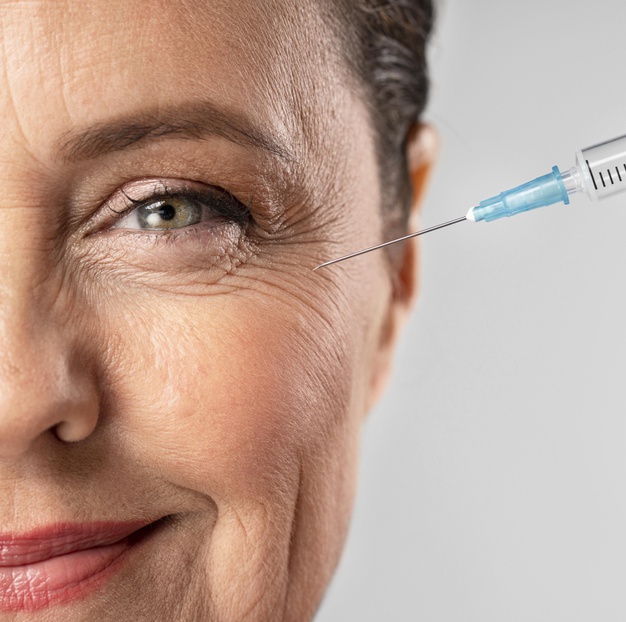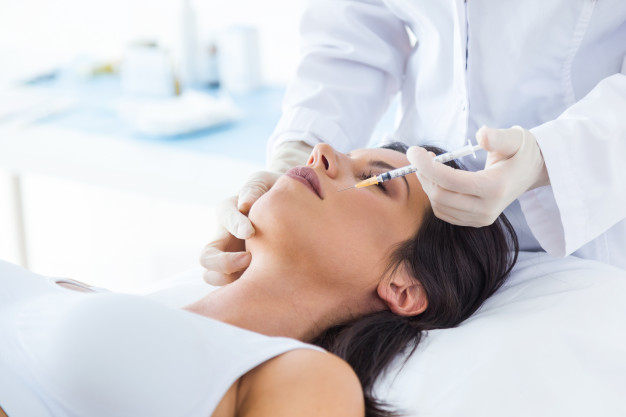Since the start of the pandemic, we’ve all been locked up at home or hiding our faces behind masks. It might be surprising, then, to learn that over the last year, dermatologists, aestheticians, and similar professionals have seen a spike in demand for Botox. But why get Botox now? Despite social isolation, these past months have caused many people to hone in on minor imperfections, particularly around their eyes. When others can only see your eyes or your face fills up a computer screen, it can be hard to ignore fine lines and wrinkles.
When Basic Care Isn’t Enough
There are countless things you can do to slow the effects of aging on your skin. Using the right face wash, wearing sunscreen, and using skincare products containing retinol can all help. Unless you’re spending all day out in the sun, however, these steps may not cause noticeable improvements – and that’s why people turn to Botox instead.
Botox works by paralyzing the facial muscles, which can help erase wrinkles, at least in the short-term, and for many people, these injections represent a manageable introduction to aesthetic interventions. Botox injections only take about 15 minutes, and typically result in little more than minimal bruising and discomfort, which means they can be scheduled at any time, unlike more invasive procedures.
There’s also another benefit to Botox that is only just emerging. New research suggests that the effects of Botox injections may actually be more lasting than first thought, and may even prevent wrinkles from forming. Studies note that the injections may actually work on both the muscle and skin through different mechanisms, ultimately making the skin more elastic – good news for patients hoping to meaningfully slow the visible signs of aging. That research could certainly increase the popularity of Botox, but it doesn’t entirely answer the question: why get Botox during a pandemic?
The Zoom Effect
In order to understand why so many people are undergoing Botox, as well as other cosmetic procedures, during the pandemic, it may be helpful to look at what some experts have taken to calling “the Zoom effect.” As some in the industry have noted, when people stare at their own faces on screen all day, they can’t help but notice various imperfections that might seem minor otherwise.
In addition to the mental impact of looking at our own faces on screen all day, the stress of the pandemic has caused new aesthetic problems. These include “maskne,” thinning hair, and dark circles under the eyes – temporary problems, but all indicators of stress that people may find upsetting. Botox, then, can offer a quick and easy way of improving an individual’s appearance and boost their mood when there are few other avenues of recourse.
Other Interventions
While Botox has been one of the most popular aesthetic procedures during the pandemic, it is hardly the only one that has seen a spike. In fact, plastic surgeons have seen increased demand for a variety of procedures. That’s because, for many patients, this is the perfect time to go under the knife. With fewer professional and personal obligations, they can have surgery done without taking much time off work or having to reschedule social engagements. And, as with the demand for Botox, patients are coming to plastic surgeons feeling acutely aware of what they feel are physical imperfections.
Many of those who are choosing to undergo Botox or other procedures during the pandemic might not have chosen to do so without these new stressors, or to do so as soon, but if these choices help people cope with pandemic conditions, that’s as good a reason as any. Ultimately, these procedures are about self-determination and body confidence. If it makes you feel good, go for it.


